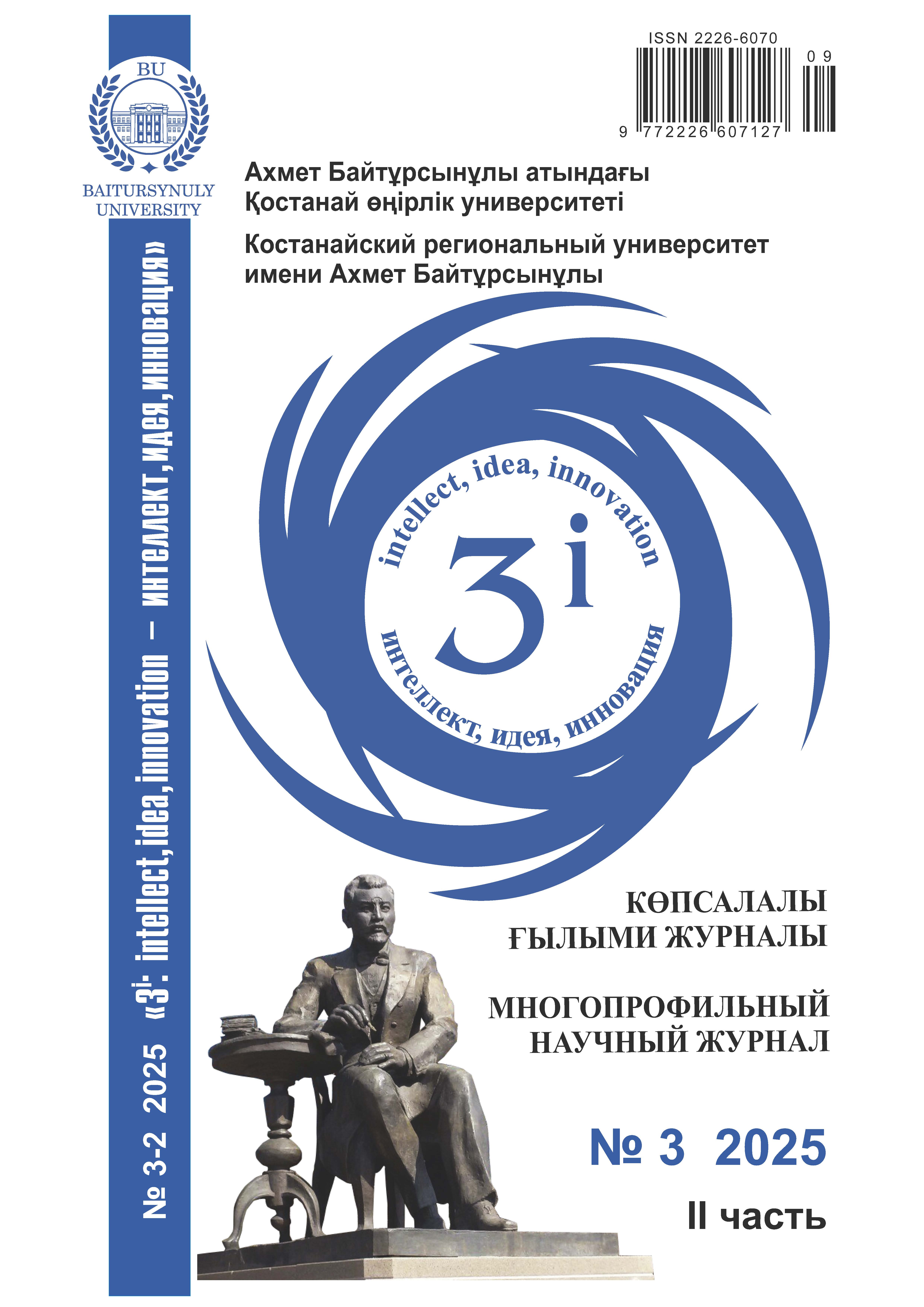USING PICTURE BOOKS TO PROSPER INTELLECTUAL DEVELOPMENT IN ELEMENTARY SCHOOL STUDENTS
DOI:
https://doi.org/10.52269/KGTD253298Keywords:
picture books, intellectual development, critical thinking, creative thinking, visual art education, Pantaleo's theoretical framework, Vygotsky's theoryAbstract
This article presents the results of a study conducted among fourth-grade students. The research examined the impact of using picture books in the educational process on the development of students’ cognitive skills. Drawing on Sylvia Pantaleo's theoretical framework and Vygotsky's sociocultural theory, the research emphasizes the role of social interaction and structured visual art instruction in developing students' comprehension of visual art and design elements. Over four months, illustrated books by David Wiesner were studied with primary school students in general education schools. Through classroom discussion and analysis of the content, students were taught to interpret and use visual elements such as color, line, and shape. Data was collected through written responses and interviews, pre- and post-experiment revealing that the use of multimodal texts significantly improved primary school students' ability to describe, evaluate, and interpret visual content. The study proved that picture books serve as effective tools for fostering visual literacy and imaginative thinking, confirming the importance of incorporating multimodal literacy into primary education. The results highlight the need for tailored instructional strategies and suggest approaches for future research on the integration of visual art and design with literacy practices.




